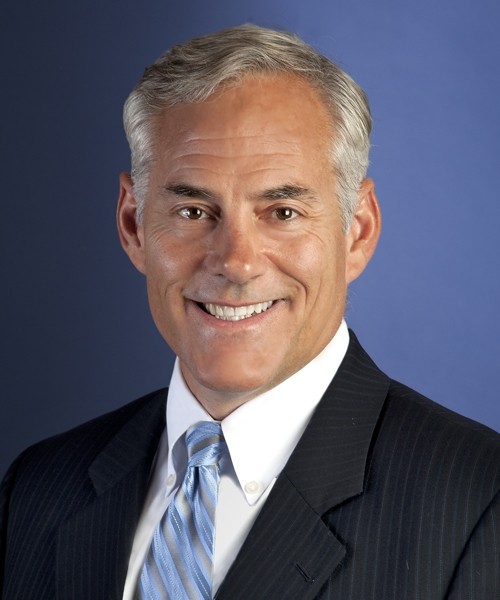Last week, during our regular committee meetings, I suggested to my colleagues on the Shelby County Commission that we should take another look at the existing Uptown TIF district — one that is generating $4 million per year in economic activity.
Inasmuch as crime is the No. 1 problem facing our community, I have been looking closely at the county budget with an eye toward finding an income stream that could be repurposed toward the crucial issue of public safety. The Uptown TIF may provide just such a stream.
Commissioner Walter Bailey and I have been talking with District Attorney General Amy Weirich, Shelby County Sheriff Bill Oldham, Memphis Police Department director Mike Rallings, and Operation Safe Community director Bill Gibbons. We know that the city is 300 to 400 police officers short of a full complement, and we have been advocating that we add 100 sheriff’s deputies to help supplement the critical shortage of law enforcement. (After going public with the idea I discuss here, I found out rather quickly that no good deed goes unpunished, but that’s another story.)
The Uptown TIF is a very complicated financial arrangement, and it is important to understand the background and rationale that led to its creation.
First, a word about the workings of a TIF (tax increment financing) project in general: TIFs are generally created to help subsidize a specific private project. They are intended to capture the incremental taxes from the project and use those specific funds to pay for public infrastructure (streets, sewers, parking) that was required as part of the project. The additional property-tax revenue generated by the TIF pays for the specific improvements; when the improvements are paid off, the TIF is ended. The Uptown TIF bears no resemblance to the textbook TIF I just described.
More than 16 years ago, when Jim Rout was the county mayor and Willie Herenton was the city mayor, St. Jude Children’s Research Hospital was growing, amid legitimate concerns that there were neighboring public housing projects that presented adverse “slum and blight” conditions. The Uptown TIF was created with the specific intent of generating positive redevelopment in these adjacent areas.
The geographical TIF area from which the property tax growth was derived came from the Mud Island/Harbor Town area, and it was used to pay for the activities of the Community Redevelopment Agency (CRA) in the Uptown area. I believe we can get a better return on investment by spending more on public safety and crime prevention.
The Uptown TIF has generated sufficient tax revenue to pay for the bond debt incurred by the CRA. We are at a crossroads: whether to choose to continue the TIF and spend $4 million of county property taxes in the Uptown area, or return that income stream to the county general fund and use it for public safety. I am suggesting that we have that discussion and allow the Shelby County Commission to come to a consensus.
I have been a vocal supporter of downtown development, and I believe that the job of government is to assist and partner with the private sector. I would also like to state for the record that I fully support St. Jude Children’s Research Hospital. I believe that we can improve the neighborhoods adjacent to St. Jude without relying on proceeds from the existing TIF.
The areas of the city that are experiencing growth — Sears Crosstown, Overton Square, South Main, etc. — have a few things in common. Primarily, they are anchored by private developers with a vision. The job of government is to get out of their way and let them flourish.
I have held discussions with the Memphis Home Builders Association, and they are ready to develop market-rate housing in the area around St. Jude Children’s Research Hospital.
At the moment, we have a significant crime issue. Homicides are up. Violent crime is increasing. We need to invest more in crime prevention and crime deterrence, and we need to fully support our law enforcement officers. The current county budget is tight, and I thought it prudent to at least investigate an available $4 million revenue stream that could pay for 50 extra sheriff’s deputies.
Over the past three years, the county commission has focused on improved funding for education, and the result is a financially stable Shelby County Schools District which is improving on all metrics. It is time, now, for us to put additional resources toward fighting crime and supporting law enforcement.
I like to work toward a win-win solution, and I believe strongly that we can help promote the economic development that will improve downtown and the neighborhoods near St. Jude Children’s Research Hospital and simultaneously work on solving our crime problem.
Businessman Steve Basar is budget chair of the Shelby County Commission.


